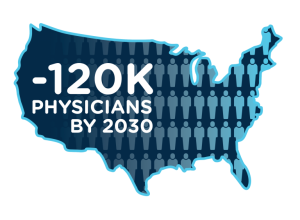Remote Patient Monitoring (sometimes called telemonitoring) is the collection of health data by a patient, often from outside conventional care settings, which is then electronically and securely transmitted to a provider (sometimes via a data processing service) for use in care and related support.
For example, a patient routinely takes blood pressure with their connected device and tracks activity levels with a personalized app. The data is seamlessly uploaded to the MiCare Path platform. The patient’s care team logs in to review the intelligently triaged dashboard of the patient’s health data and, as needed, they communicate care guidance to the patient by direct messaging, phone, or email.
providers regain their quality of life by efficiently managing more patients and improving the overall patient experience.
patients with confidence by providing all the tools at the right time to maintain control of their life.
payor value by aiming to improve a patient’s knowledge, care, and coordination which will reduce cost.
The world is evolving quickly and with these changes, a dramatic shift is required in how healthcare is delivered. The U.S. Census Bureau has projected that by 2030, more than 20 percent of U.S. residents will be 65 and over. And more than one-third of all active physicians will be 65 or older in the next ten years.
This has three profound implications for our healthcare infrastructure:

Using technology to deliver care that is more efficient and enhances quality can address demographic challenges, as well as shortages of both physicians and funding. The Centers for Medicare & Medicaid Services (CMS) has recognized that expansion of Remote Patient Monitoring is crucial for developing and scaling a sustainable healthcare system.
Needless to say, innovation in this field is meaningful to a vast group of the population seeking answers to painful problems. More specifically, it’s meaningful to systems trying to financially support these growing medical needs and those trying to find time to provide optimal care for each and every patient.